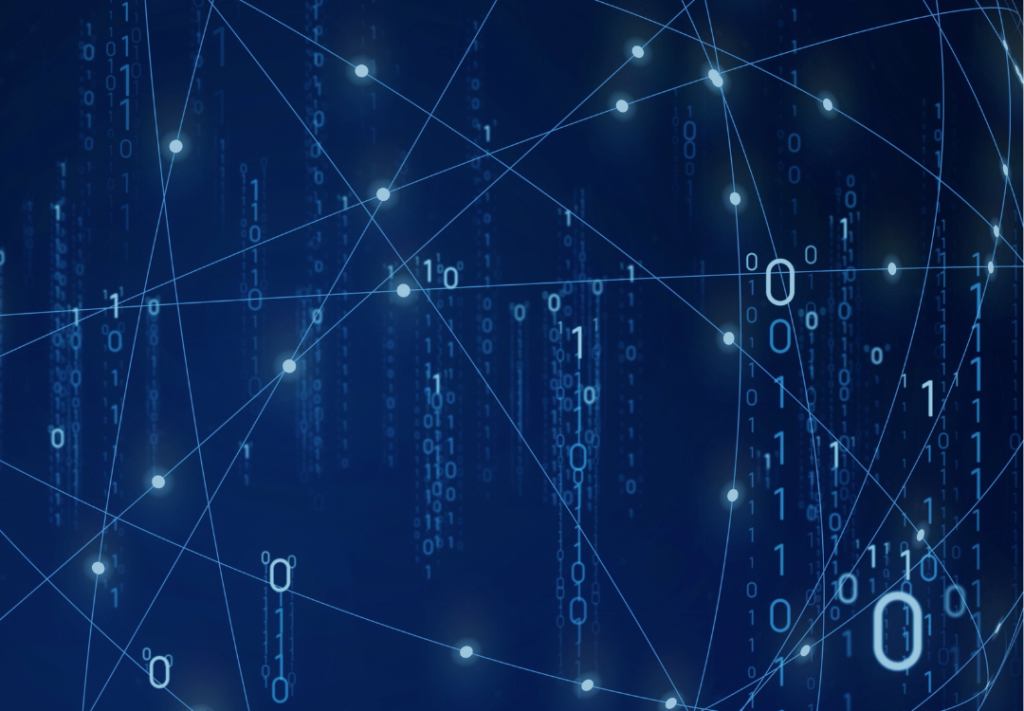Quantum computing is no longer a far-off ambition confined to labs and theoretical whitepapers—it’s a growing reality, and it’s beginning to cast a long shadow over traditional cybersecurity. With global tech giants like IBM, Google, and emerging state-funded initiatives in China and the EU racing toward quantum supremacy, the need for quantum-resistant cryptography has shifted from academic interest to urgent strategic necessity.
At the heart of the cybersecurity crisis is the disruptive potential of quantum algorithms—particularly Shor’s algorithm—which can factor large numbers exponentially faster than any classical computer. The practical implication? Widely used encryption systems like RSA and ECC (Elliptic Curve Cryptography), which rely on the difficulty of factoring large integers or solving discrete logarithms, are now under direct threat.
A Quiet Countdown: The Encryption Clock Is Ticking
Although fully functional large-scale quantum computers capable of breaking RSA-2048 encryption don’t yet exist, experts agree they are on the horizon. The National Institute of Standards and Technology (NIST) and various international agencies have projected a 7-to-10-year window before quantum machines make a meaningful impact. That short timeline is the core concern. Sensitive data that is encrypted today—financial records, classified communications, medical files—may be intercepted now and decrypted later when quantum systems are ready. This concept is often referred to as “Harvest Now, Decrypt Later.”
That possibility is no longer theoretical. Intelligence reports from NATO and private sector research groups have confirmed that nation-state actors are already stockpiling encrypted data. The objective is simple: steal first, decrypt later.
Enter Post-Quantum Cryptography (PQC)
To meet this challenge, 2025 has seen a surge in interest and funding for quantum-resistant encryption protocols. This new field, called post-quantum cryptography, focuses on cryptographic systems that are secure against both quantum and classical computers and can be implemented with current infrastructure.
The leading candidates include:
Lattice-based cryptography – Believed to be resistant to both classical and quantum attacks. Examples include NTRU and Kyber.
Hash-based signatures – Such as SPHINCS+, which are highly secure but come with performance trade-offs.
Multivariate polynomial cryptography – Suitable for digital signatures.
Code-based cryptography – Based on the difficulty of decoding a random linear code, such as in the McEliece cryptosystem.
In July 2022, NIST announced four quantum-resistant algorithms as finalists for standardization, including CRYSTALS-Kyber for key encapsulation and CRYSTALS-Dilithium for digital signatures. In 2025, many organizations are already piloting these in critical applications.
Case Study: Financial Sector Takes the Lead
Major banks and fintech firms are moving fastest. In 2024, the European Central Bank mandated that cross-border transaction platforms start experimenting with quantum-safe encryption. In response, several European banks partnered with cybersecurity firms to transition their customer authentication systems to lattice-based cryptography.
One notable example is Santander, which began encrypting its internal communications and transaction data using Kyber and Dilithium as part of a quantum-readiness pilot. By mid-2025, the bank reported that while the implementation cost was significant, performance impact was minimal—under 5% in most systems—and overall security confidence had increased.
Governments and Standards Bodies Mobilize
Governments have begun treating post-quantum cryptography as a matter of national security. In the United States, Executive Order 14028 set forth mandates to assess and prepare federal systems for the quantum threat. Agencies were directed to inventory cryptographic systems, identify vulnerable applications, and create a roadmap for migration.
In parallel, NIST’s post-quantum standardization effort has entered its final phase. Global cooperation has intensified: the European Union’s Quantum Flagship program and Japan’s Q-STAR initiative are both contributing to algorithm vetting and international interoperability standards.
These actions mark a rare moment of consensus across geopolitical lines: quantum is coming, and cryptographic resilience must be prioritized today—not tomorrow.
Why Transitioning Is Not Easy
Moving to quantum-resistant cryptography is not as simple as flipping a switch. Organizations face numerous hurdles:
Compatibility – Existing systems often rely on embedded cryptographic modules. Replacing them requires rearchitecting core components.
Performance – Some PQC algorithms require larger keys and more computational power, which can be a challenge for resource-constrained environments like IoT.
Complex migration paths – Securely replacing encryption in widespread use across legacy systems, cloud infrastructure, and mobile platforms is complex and error-prone.
Lack of skilled talent – The field of quantum-safe cybersecurity is still niche, and qualified professionals are scarce.
As a result, security experts urge a hybrid approach in the short term—combining traditional and quantum-resistant cryptography to gradually transition systems while maintaining backward compatibility.
A Three-Phase Response Plan
Cybersecurity strategists suggest a phased roadmap to quantum readiness:
Discovery & Inventory
Audit existing cryptographic assets.
Identify all instances where vulnerable encryption (RSA, ECC) is used.
Assessment & Planning
Prioritize systems based on sensitivity and risk.
Develop a transition timeline.
Begin experimenting with post-quantum algorithms in non-critical systems.
Migration & Monitoring
Implement hybrid cryptographic solutions.
Monitor system performance and security outcomes.
Train staff and develop internal guidelines for future maintenance.
This approach balances urgency with realism, acknowledging that organizations have finite resources and diverse operational constraints.
The Larger Picture: Quantum Security Beyond Cryptography
It’s important to note that encryption isn’t the only aspect of cybersecurity affected by quantum computing. As quantum systems evolve, other impacts include:
Quantum key distribution (QKD) – A method of transmitting encryption keys using quantum particles, ensuring absolute secrecy based on quantum mechanics. Though promising, QKD currently faces scalability issues and is limited by hardware requirements.
Quantum-enhanced AI for cybersecurity – Quantum processors may one day enable faster AI model training, boosting real-time threat detection and behavior analysis.
Threat simulation – Quantum computing could allow near-instantaneous modeling of cyberattack vectors across vast networks, aiding in defensive planning.
While these developments are speculative in 2025, research is accelerating—and the window between theory and application continues to shrink.
Conclusion: Prepare Now, Not Later
Quantum computing is set to disrupt the foundation of digital security. Encryption methods that have stood for decades will crumble under quantum attacks, and the consequences for data privacy, financial systems, and national defense could be severe.
The transition to post-quantum cryptography is not optional—it is inevitable. The organizations that act now, experiment early, and plan comprehensively will emerge more secure in a post-quantum world. Those that delay risk finding themselves suddenly and irreversibly exposed.
In the realm of cybersecurity, the quantum future has already begun. The question is: will you be ready for it?

